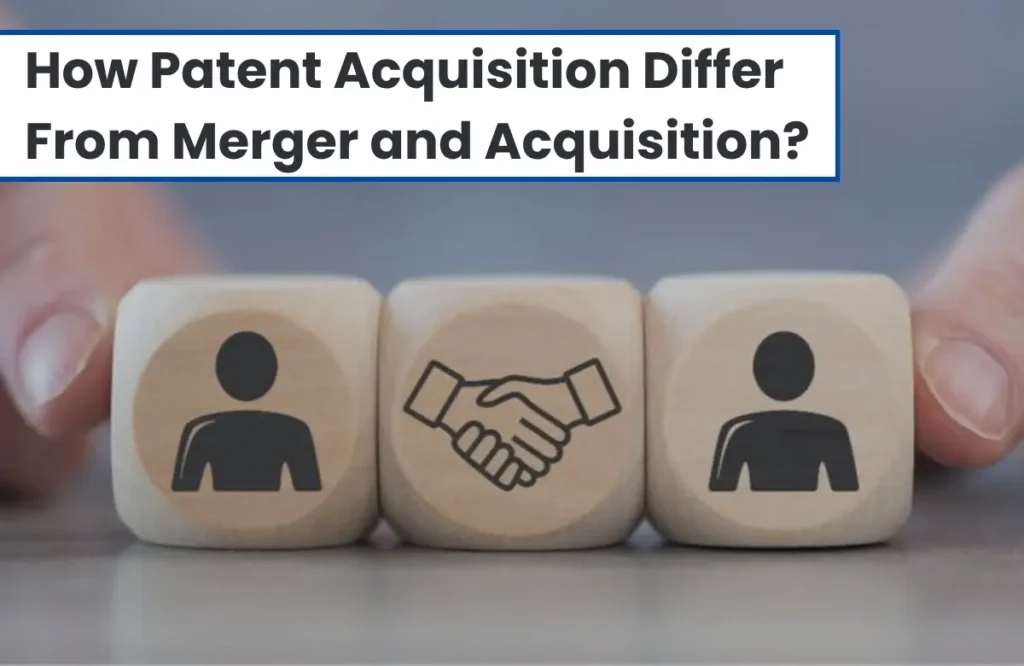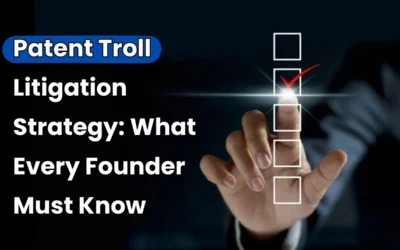
In today’s fast-paced and competitive business world, every company wants to stay ahead of the rest and patents play a crucial role in achieving that edge. Protecting innovation has become as important as creating it, and this is where patent acquisition enters the picture. However, when discussing patents in the context of business growth and expansion, terms like merger, acquisition, and patent acquisition often come up — and are frequently misunderstood. While they may sound similar, each concept serves a very different purpose and has its own strategic value. With more companies actively engaging in patent acquisitions, understand the concept of patent acquisition vs merger and acquisition. To know more about this, keep reading.
What Does Patent Acquisition Mean in Business and Why Is It Important?
Patent acquisition is the process through which a business or individual obtains ownership or rights over a patent. This can be achieved in several ways:
- by filing a new patent application,
- purchasing an existing patent, or
- acquiring a license to use a patented technology.
Each of these methods plays a crucial role in strengthening a company’s intellectual property portfolio and comes with its own set of advantages and disadvantages. Therefore, every business or investor must carefully evaluate their goals, resources, and strategic needs before choosing the most suitable approach for acquiring patent rights.
The process of acquiring patents involves several key steps:
- identifying valuable patents,
- conducting IP due diligence,
- negotiating purchase terms, and
- Recording the transfer with the relevant patent office.
Buyers often work with IP attorneys and valuation experts to assess the strength, enforceability, and commercial potential of the patents before finalizing the transactions.
Read More: Patent Licensing Advantages And Disadvantages That Every Entrepreneur Should Know
Patent acquisitions are typically driven by technology-centered strategic objectives, including:
- Strengthening an existing patent portfolio to build defensive and offensive IP positions.
- Accessing innovative technologies to accelerate product development or R&D without starting from scratch.
- Blocking competitors by securing exclusive rights to critical technologies in the market.
- Expanding into new sectors by acquiring patents in adjacent or emerging fields.
- Monetizing innovations through licensing programs, royalty collection, or patent enforcement actions.
- Increasing company valuation — particularly for startups and tech firms, where patents are a major asset during funding rounds or acquisitions.
In essence, a patent acquisition is a targeted intellectual property transaction that helps companies strengthen their technological foundation, reduce competition, and generate revenue — all without the complexities, liabilities, or integration challenges associated with buying an entire company.
What Are Mergers and Acquisitions (M&A) and How Do They Work?
Mergers and Acquisitions (M&A) mean the process where companies join together or one company buys another to reach business goals.
- A merger happens when two companies combine to create a new one,
- while an acquisition happens when one company takes control of another by buying its shares or assets.
Businesses usually go for M&A to grow faster, enter new markets, gain new technology, or become stronger against competitors. Unlike patent acquisitions, M&A deals involve the whole company — its assets, employees, debts, and even its brand and operations. These deals also need careful checking of finances, legal papers, and company details before the agreement is completed. Simply put, M&A is a common business strategy that helps companies expand, improve profits, and build a stronger position in the market.
Conclusion
In simple terms, mergers and acquisitions (M&A) help companies grow, improve, and stay competitive in a fast-changing market. By joining forces or taking over another business, companies can gain new technology, expand into new markets, and strengthen their overall position. However, M&A deals require careful planning, research, and legal checks to make sure both sides benefit. When done right, M&A can become a powerful tool for long-term business success and stability.









